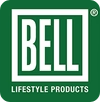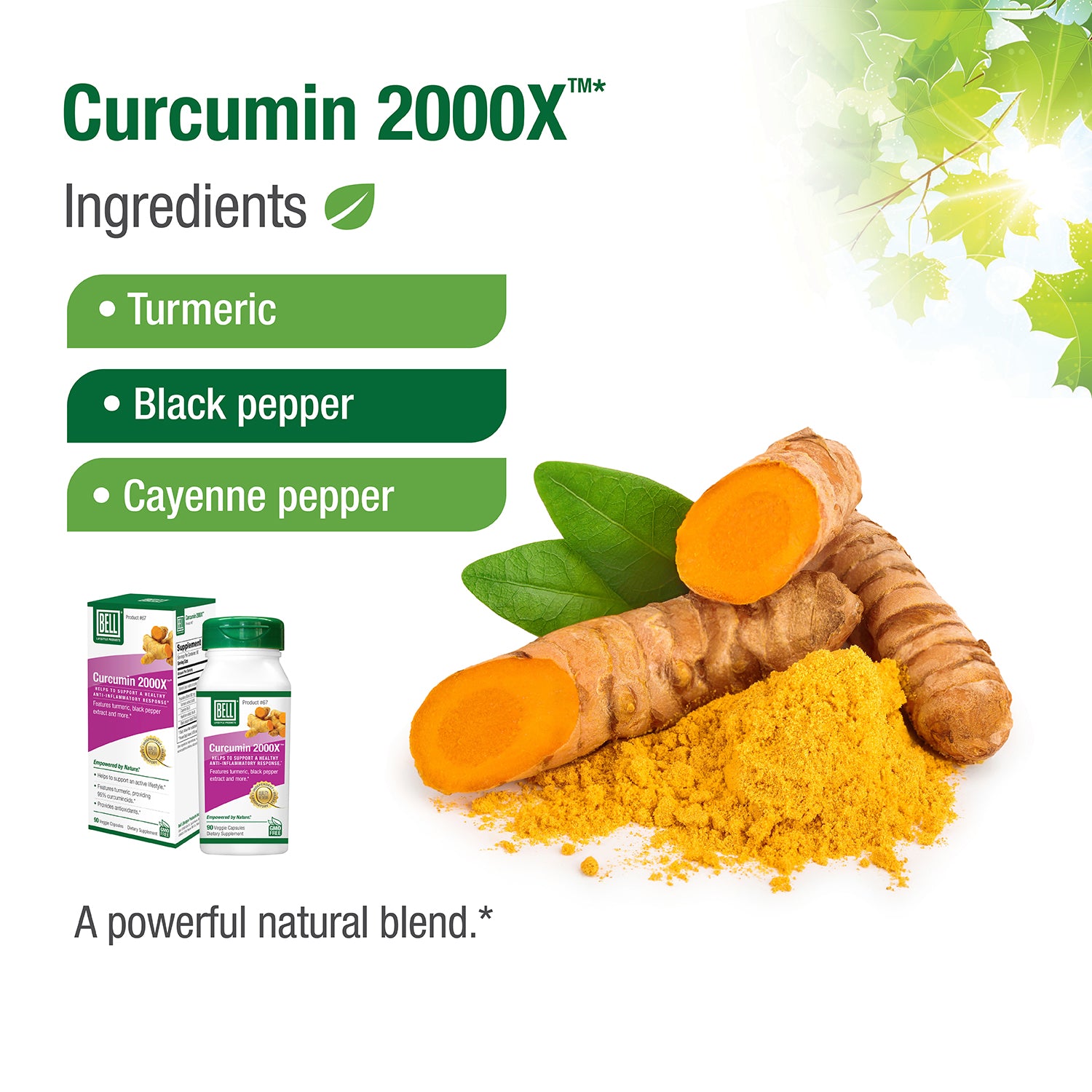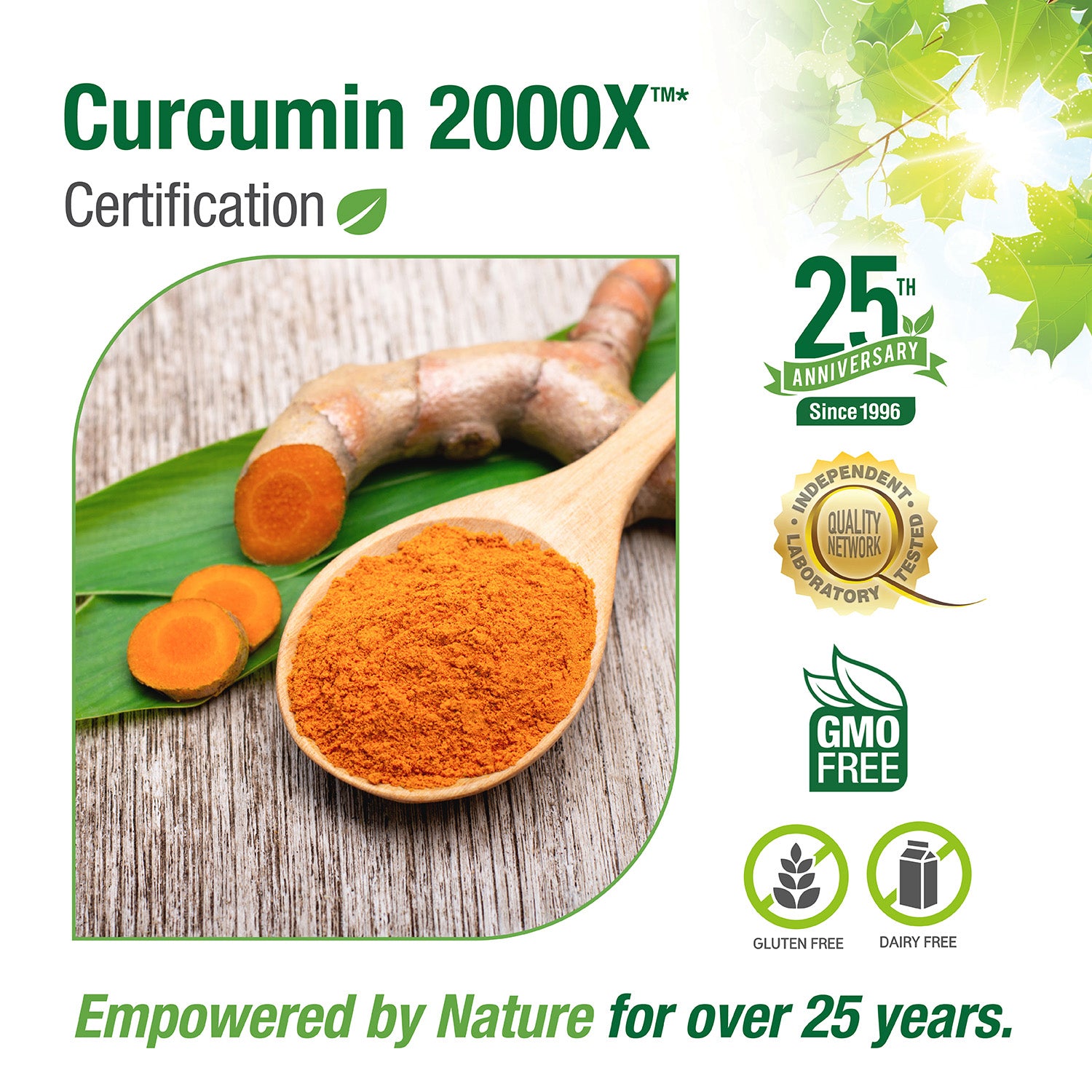Vendor:Bell Lifestyle Products
$31.45
This site uses cookies for better user experience and analytics.

Bell Lifestyle Products
Our products are designed to address a range of health concerns, targeting specific body systems to help you look and feel your best.
Questions? We're here to help!
Fast Free Shipping
Get free shipping on orders of $50 or more
Loyalty Program
Free products! Details HERE.
Secure payment
Your payment information is processed securely




